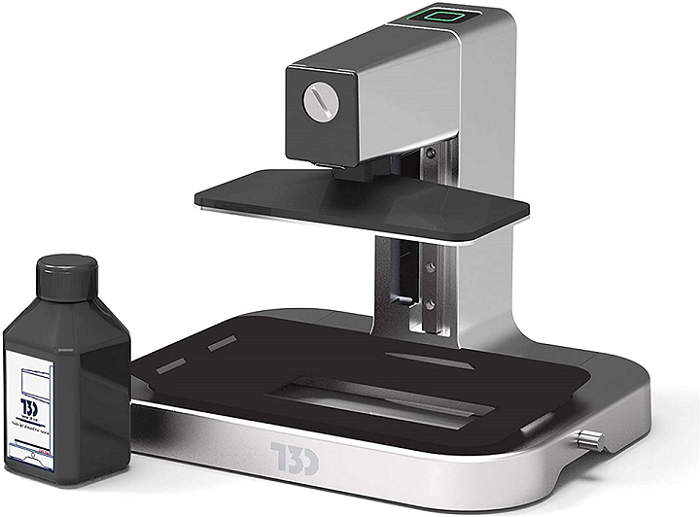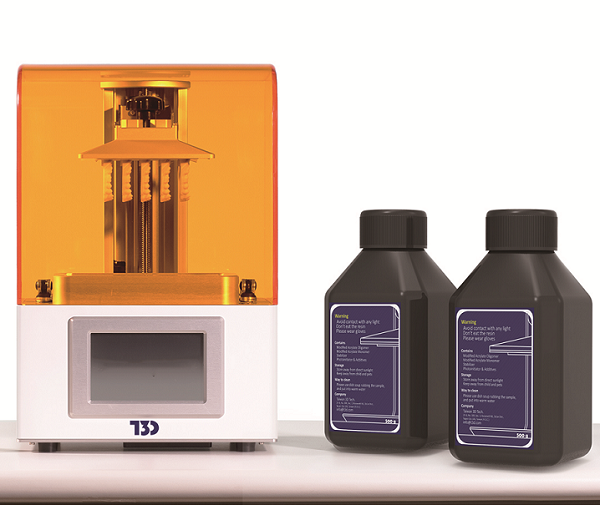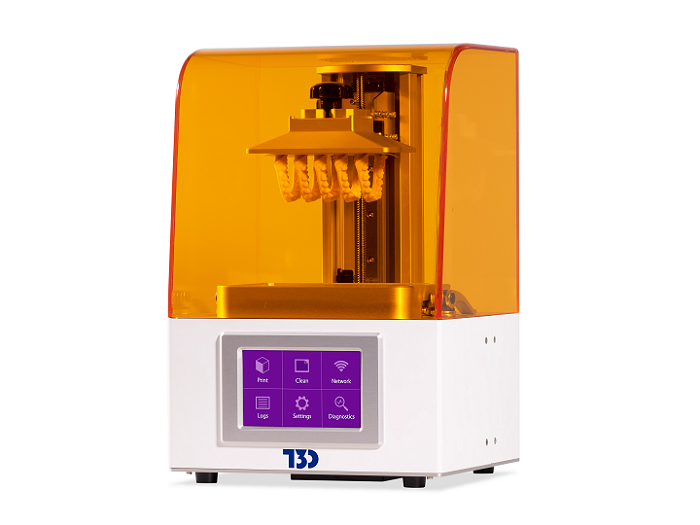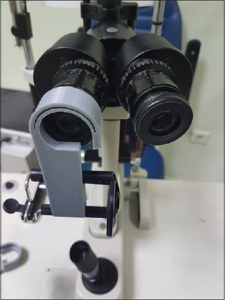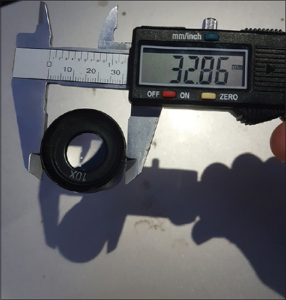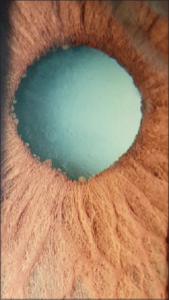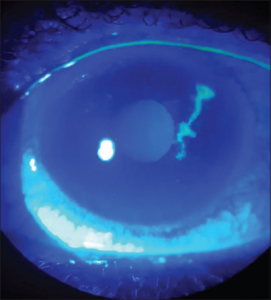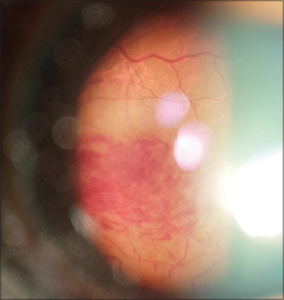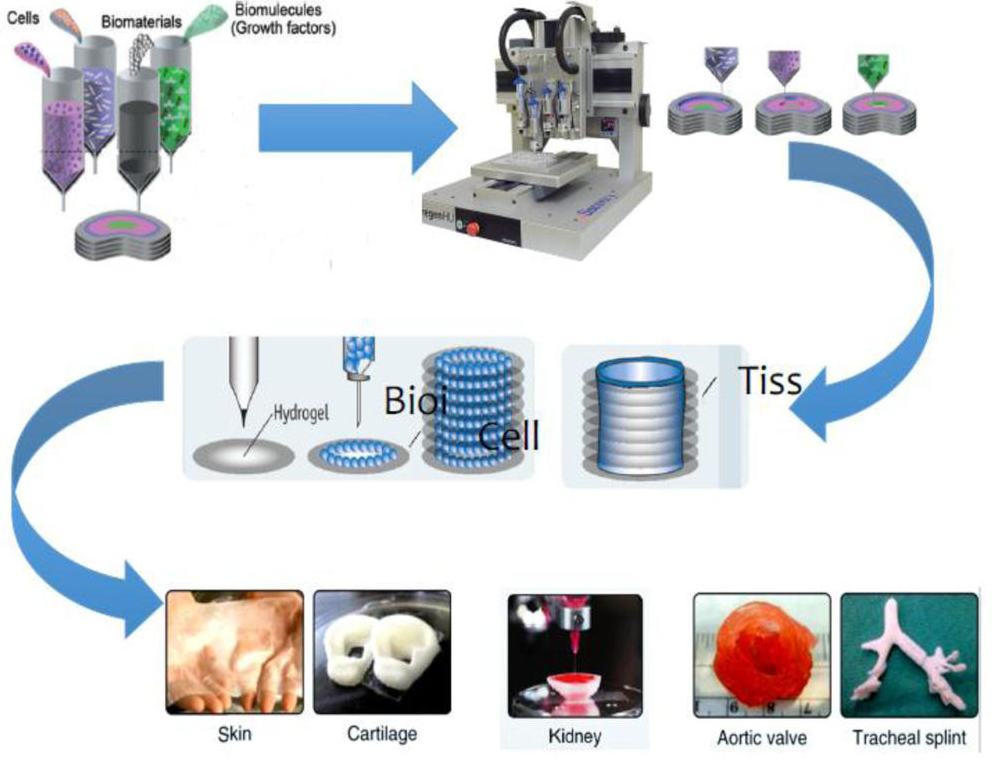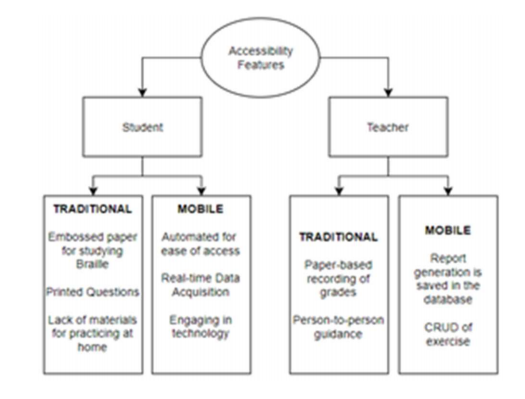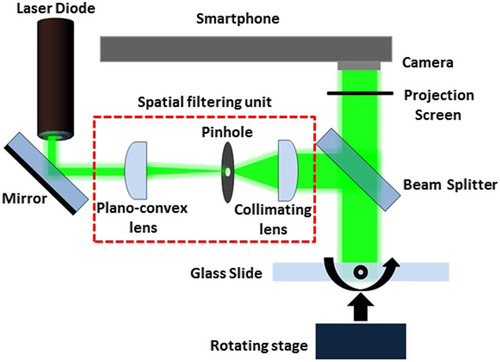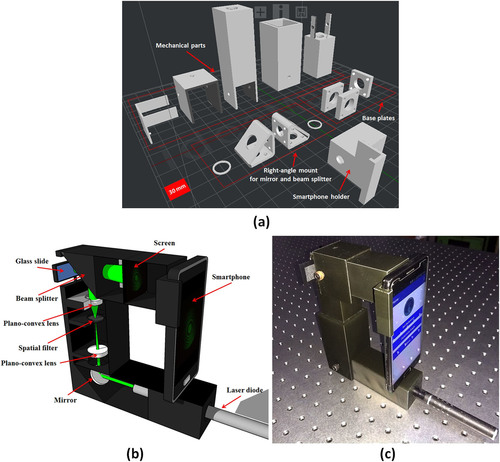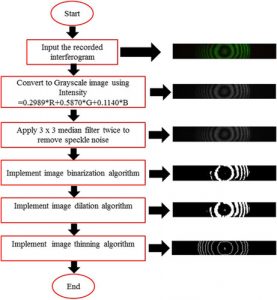Taiwan 3D Tech, also known as T3D, is a startup spin-off from the National Taiwan University of Science and Technology (NTUST). Headquartered in Taipei, the company was officially founded in 2017 by Jeng Ywan-Jeng, a Distinguished Professor of Mechanical Engineering and Director of the High Speed 3D Printing Research Center at the university, as well as the Founder of the 3D Printing Association in Taiwan.
Jeng had been working on a 3D printing system since 2012, and finally showed off his smartphone-based 3D printer to the world at Inside 3D Printing Shanghai 2015, launching a Kickstarter campaign for the small SLA system two years later. He told 3DPrint.com at formnext 2017 that T3D’s unique printer, which he had once referred to as “a cyber physic system (CPS) machine,” can cure a 100 micron layer in 15 seconds.
“The idea is to use only a smartphone, no PC; we use this light for its energy to do something. We have already proved it can be done,” Jeng told us at the event in Frankfurt.
The 3D printer uses light from the smartphone to cure specialty resin from a vat sitting on top of the phone to the print bed above, a concept we’ve seen before in the OLO smartphone-powered 3D printer. Both 3D printing systems had successful Kickstarter campaigns, but the difference between the two is that while there has been no news on the OLO, now the ONO, for roughly two years, T3D is actively getting its product to customers, while also continuing to innovate.
“T3D is the first mobile 3D printer in Taiwan,” the company states. “No complicated operation and no restrictions. Just print your lifestyle. We are a team of hardware, software, and chemical engineers aiming to disrupt the traditional 3D printing industry.”
Recently, the T3D team announced its newest product, the T3D LCD High-Speed 3D Printer, which will officially be launched at the Taiwan Innotech Expo event in Taipei this September.
According to T3D, its new High-Speed 3D Printer is able to speed up the 3D printing process by achieving fast print speeds of 10 cm per hour. In addition, thanks to the startup’s multiple colors of visible light curing photosensitive resin and “special fep film,” as a press release states, the system can also print continuously.
Just like with the original T3D smartphone-powered system, the T3D High-Speed 3D Printer also comes with an app that appears to make the process quick and easy. Users can search the Cloud Gallery for a variety of public models, and with one click can select their desired print. The T3D app works with many kinds of mobile phones, so you shouldn’t need to worry about corrupting any files, and you can also select your print settings in the app as well.
T3D, which aims to make 3D printing easier for consumers, states that the High-Speed 3D printer features “high productivity and accuracy,” which is definitely in line with this mission. Other competitive advantages the new T3D High-Speed 3D Printer features include 47 um precision and advanced software to ensure an easier workflow.
(Images courtesy of T3D)
The post T3D Announces New LCD-Based High-Speed 3D Printing System appeared first on 3DPrint.com | The Voice of 3D Printing / Additive Manufacturing.

